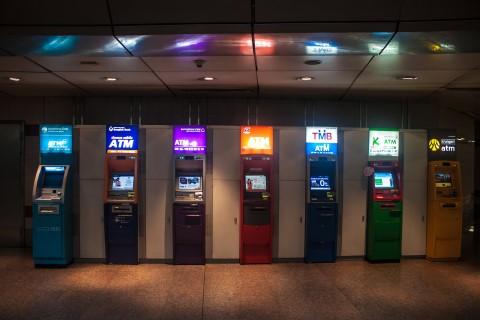
Will Thai banks' capital buffers withstand a cyclical downtrend?
NPLs had risen to 3.6% in 1H16.
Fitch Ratings expects NPLs at Thai banks to rise further - albeit slightly - for the rest of 2016 amid a weak operating environment after second-quarter results showed their profitability and asset quality had deteriorated. The results underscore our negative outlook on the sector. Still, we believe Thai banks' capital buffers and reserve coverage should remain adequate to withstand a cyclical downtrend.
Fitch has maintained Thai banks' sector outlook at negative for the last two years, as we expected protracted growth challenges to contribute to increased credit risks and worsening profitability. Bank results in 1H16 were in line with Fitch's expectations, with the latest figures confirming NPLs had risen to 3.6% - from 3.2% at end-2015 - and profitability had fallen.
Here's more from Fitch Ratings:
Higher provisioning was a key factor affecting profitability with provisions as a percent of pre-provision operating profit (PPOP) having risen to 40.1% at end-1H16, from 31% at the start of the year.
Relatively high private-sector leverage, declining export competitiveness and political uncertainty have been major factors weighing on growth, and could continue to challenge the economy in the medium term. Loan growth for listed banks fell to just 2.3% in 1H16, down from 3.4% a year earlier.
Public investment, which has been sharply higher this year, should help improve business confidence and spur growth higher to 2.9% in 2016 and 3.2% in 2017, but that will still be low relative to other countries in the region. The weak operating environment for banks should continue through the end of 2016, in our opinion, with credit risks remaining as a result.
Fitch has kept the rating outlook of most individual Thai banks at Stable, despite the negative sector outlook. Credit profiles have remained broadly resilient despite deteriorating asset quality due to strong capital and reserve buffers. The sector's standalone CET1 capital ratios averaged 14.2% in May 2016, up slightly from 14% at end-2015, and were well in excess of regulatory requirements (which, including the conservation buffer, is 5.125% this year and will rise to 7% by 2019). Banks' loan loss coverage also remained solid - in excess of 100% for large listed banks and above 80% for smaller lenders - as of end-1H16.
Fitch continues to expect Thai banks will comfortably meet the additional Basel III requirements, including the liquidity coverage ratio (LCR), which began its phase-in this year at 60%. The LCR requirement will rise annually by 10% to reach 100% by 2020; average sector LCR as of 1Q16 was 171%.























 Advertise
Advertise







